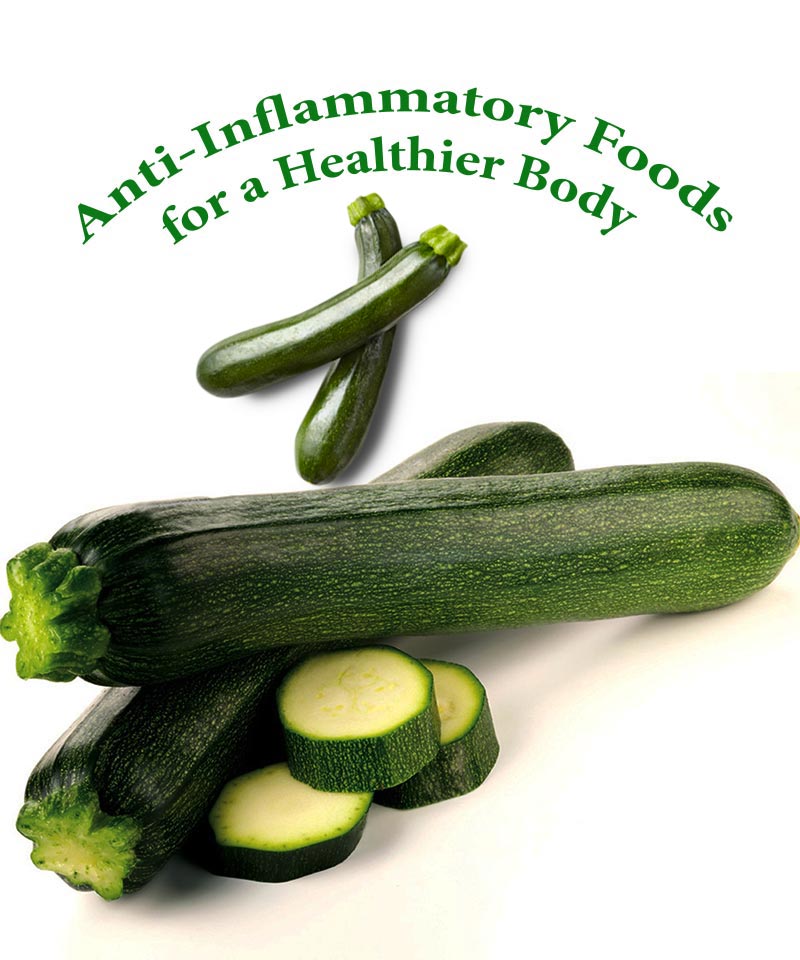
Anti-Inflammatory Foods for a Healthier Body
Eating an anti-inflammatory diet can help reduce inflammation in the body and help with certain conditions that are caused by or worsened by inflammation. This can include diseases like heart disease, Parkinson’s disease, and Crohn’s disease, to conditions like eczema, asthma, and arthritis. The great part about eating anti-inflammatory foods is that many are also Superfoods, and good for you for a host of other reasons, including warding off cancer, losing weight, and having more energy.
1. Almonds (and other nuts)
Nuts are known for their anti-inflammatory nature, but some are better for you in this regard than others. Consider almonds, which consistently make lists of foods that can help with inflammation. Cashews are another good choice, and walnuts specifically help with rheumatoid arthritis. The great thing about most of these nuts is that they’re very versatile, making a great between meals snack or adding flavor to any main dish or side dish. It’s typically quite easy to start eating more of them by simply being more aware that they can help you with your inflammatory conditions.
2. Apple Cider Vinegar
Apple cider vinegar has several different uses. You can add it to your water to help purify it, and it is often added to smoothies and other detox drinks for its healthy benefits. You can add it to any of your beverages or cooking for added anti-inflammatory properties. It’s major contribution is helping the digestive tract, and so you’re going to see the most benefit if you suffer from conditions like spastic colon and gastroenteritis. A healthier digestive system also means that you’ll be processing foods better, which can also aid in weight loss, an added bonus.
3. Apricots
Many fruits made our list of anti-inflammatory foods, and apricots are one that you can add to your shopping cart regularly. Often with inflammation it’s all about the phytochemicals, and apricots have one in particular that helps in this department, called quercetin. Apricots also add a great taste to a salad. Consider a spinach salad with apricots and nuts like almonds as this would be a great mix of anti-inflammatory foods, while tasting great at the same time. Drizzle a little Extra Virgin Olive Oil as the dressing and you’ll have a nice meal for lunch and help stay healthy.
4. Asparagus
Besides being a Superfood, asparagus is also anti-inflammatory, so you can add this to your regular menu during the week as a go-to vegetable. It’s interesting to point out that not all veggies are anti-inflammatory, so you should lean more towards the ones that further your cause. Asparagus is nice because it makes a fantastic side all by itself, and also plays nice with other foods when used in a recipe. This is one vegetable that you’ll want to buy fresh if possible, but you can also opt for the frozen variety as well.
5. Avocado
Avocado has a knack for making it onto several of our healthy foods lists, like our list of alkaline foods, and even the Healthiest Foods on the Planet list. It can add another feather to its cap by being an anti-inflammatory food as well. The healthy fats it contains make it a great choice for losing weight and fat loss, which is helpful if you are concerned about inflammation. Maintaining a healthy weight is important as it helps to keep inflammation under control and avocados can be of assistance in this department. Not to mention they taste great and can be added to just about any meal, even as a side garnish.
6. Basil (and other spices)
Spices are a great way to add anti-inflammatory properties to your meal. When you add spices like basil, parsley, and rosemary to your cooking you’ll be doing a bit more for yourself and helping to keep inflammation at bay. The added bonus is that they taste great, and are already included in many popular recipes, so it’s not something that you have to feel forced into using. You don’t have to use a bunch of it either, just a dash or a sprinkle will help matters, especially if you are already eating a meal consisting of anti-inflammatory foods listed on this page.
7. Bell Peppers
It’s the flavonoids in bell peppers that give them their anti-oxidant properties. It’s also the reason why they’re a Superfood. The bright colors are the tip off, and they contain some pretty powerful antioxidants that help your body in many ways, not just with inflammation. You can use bell peppers for weight loss, as they are a low calorie food, and the antioxidants they contain will help combat free radical damage within the body. Be sure to mix up the colors and alternate between red, yellow, and green so you’re getting a broader spectrum of flavonoids.
8. Black Beans (and other beans)
Beans of all kinds are anti-inflammatory, but black beans are the ones that are most commonly found, so they’re easier to incorporate into your diet starting today. Many restaurants now offer black beans as a side dish alternative so you can replace an inflammatory food like french fries for one that is anti-inflammatory. Beans are also digested slowly by the body, making them great for your weight loss efforts, and contain a good amount of fiber so your body is more regulated. All of this makes them a healthy choice overall, and since they’re easy to cook and go with many different foods, it’s easy to eat more of them.
9. Blueberries (and other berries)
Blueberries and other antioxidant-laden berries like raspberries and blackberries are also full of phytonutrients that give them their anti-inflammatory abilities. So you’re really getting a double feature here because anti-oxidants will help protect you from free radical damage, which has been shown to help prevent diseases like cancer and heart disease, and also they’ll help with inflammation which can worsen or cause many of the same diseases. Plus berries taste great and are one way to help start off your day feeling fantastic. Many times you will see them added to smoothies or detox drinks because they’re so cleansing and provide energy. You can drink those kinds of beverages for your anti-inflammation goals as well.
10. Bok Choy
Bok choy is a cruciferous vegetable, so it falls into the category with broccoli and cauliflower. There are some interesting facts about it though, such as its larger amounts of beta carotene than many other vegetables. You’ll also get a good dose of Vitamin A, and this is one veggie that you probably aren’t eating too much of since it usually doesn’t make the normal rotation. But it’s easy enough to use, and can be added to recipes where it’s simply a hodge podge of different vegetables, like in a soup or added to a stir-fry.
11. Broccoli
What more can we say about broccoli? It’s awesome! One of the top Superfoods around there’s really nothing this vegetable can’t do. It has great amounts of fiber in it, a respectable amount of protein, and is a Vitamin C powerhouse. In addition to all of that it’s an anti-inflammatory food, so you can enjoy this as part of an inflammation-conscious diet. It’s long been known that broccoli helps to prevent certain diseases like cancer, but it’s also helpful for many other illnesses and conditions. It’s easy to prepare, can be bought fresh or frozen, and is used in plenty of recipes both as a side dish and incorporated into the main dish. Buy organic whenever possible.
12. Brussels Sprouts
Brussels sprouts might have been that veggie left on your plate when you were a kid, but now it’s finally time to eat them. They’re not only anti-inflammatory but they help to keep your digestive system moving with a healthy amount of fiber, as well as a good amount of plant-based protein. They’re similar in nutritional make-up to broccoli, but humans can’t live on broccoli alone, so be sure to mix it up. If you’re stuck on how to make Brussels sprouts more palatable, there are hundreds of tasty recipes available, just Google it. The important thing is to eat them with other foods found on our list for the best anti-inflammatory meal possible.
13. Buckwheat
Buckwheat is likely not something that you’re used to eating, unless you’ve made a conscientious effort to eat more of it. This is a popular food in Japan, often eaten in noodle form. Regardless of how you eat it, it will provide anti-inflammatory results and is great for replacing other foods that can lead to higher levels of inflammation. Whole grains form an important part of an anti-inflammatory diet, and after fruits and vegetables are one of the staple choices for what you should be eating every day. Because of the many different ways you can enjoy buckwheat it is worth getting familiar with it. You’ll soon discover it adds a nutty taste to any dish.
14. Cabbage
Opt for red cabbage when you can so that you can benefit from the anthocyanins it contains. These have been shown to provide a substantial anti-inflammatory benefit, but you shouldn’t overlook other types of cabbage, as they are all cruciferous and will all give an anti-inflammatory boost to any meal. Perhaps one of the easiest ways to prepare cabbage is in soup form. This is because it helps to soften it up and makes it easy to chew and digest. It would be very easy to make an anti-inflammatory soup that you could make in bulk and then have for lunch each day, using as many vegetables and whole grains on this page as possible.
15. Cantaloupe
Cantaloupe is a wonderful fruit because not only does it taste great but it also contains phytonutrients that make it an anti-inflammatory food. It’s also a great food for weight loss, so if you are trying to get your weight down to a healthy level to battle back inflammation, cantaloupe can assist you on your quest. It’s also good for its antioxidant value, providing ridiculous amounts of both Vitamin A and Vitamin C. It does contain a good amount of sugar, which is why you’ll want to keep your portion sizes in check. This is one fruit that’s very easy to overindulge on, but if you’re watching your weight and your blood glucose levels you’ll want to go easy on it.
16. Carrots
Carrots get a lot of respect from health food circles, and it’s pretty easy to see why. The beta carotene levels are impressive, and it also ranks highly in Vitamin A. One of the most popular ways to get more carrots is by drinking carrot juice. This is because it can be rather monotonous to chew up a carrot, and it’s hard to chew it up enough to release all of the nutrients. By blending it up and drinking the juice you’re unlocking all of that goodness. Add a carrot to your next smoothie for an anti-inflammatory upgrade.
17. Cauliflower
Cauliflower often gets paired with broccoli, both on the plate and during nutritional comparisons. They’re both cruciferous vegetables and their nutritional profile is quite similar. But the taste and texture is much different if you stop and appreciate each for what it is. Cauliflower contains the elusive Vitamin K, and a heaping dose of Vitamin C, powerful antioxidants that alone make it worth eating. But it’s the anti-inflammatory properties of cauliflower that are perhaps just as impressive, so it deserves a spot on your regular menu.
18. Celery
Here is a vegetable that is often deemed “health food” or “diet food” because seeing someone eat it is a sure sign that they’re on a diet. But you can, and should, enjoy celery just because it’s good for your body. If you find it hard to eat either because of its somewhat spicy taste or its thready, stringy nature, toss it in the blender with some carrots and other vegetables for an instant anti-inflammatory green smoothie.
19. Chicken (and other white meats)
Chicken is not the most anti-inflammatory food you can eat, but it’s added here because many will not be able to cut meat out of their diet entirely, so this is a good compromise over eating red meat and other inflammatory meats. You’ll want to choose chicken that contains the least amount of antibiotics and other additives, so choose organic chicken whenever possible. This means that the chickens were fed with organic feed and there were no added chemicals. Opt for lean cuts like chicken breast, and limit this as much as you can.
20. Cinnamon
Cinnamon has long been used as a natural treatment for a host of different diseases and unwanted conditions. It contains antioxidants, which will help the body in many different ways, but most importantly for those looking to reduce the amount of inflammation in their lives, it’s been shown to have an anti-inflammatory reaction in the body. This means that simply by sprinkling a bit of cinnamon on a dish you are working to keep things anti-inflammatory rather than inflammatory.
21. Cucumber
Cucumber is one vegetable that deserves more of the spotlight. It’s an alkaline-forming food, plus it’s ultra-hydrating, contains antioxidants, and has shown to be an anti-inflammatory food. The best part is that you can add it to a salad that is loaded with other anti-inflammatory vegetables and do yourself a huge service. It’s also great blended up in a green smoothie. Cucumbers are often used in the detox process, both eaten and used on the body such as in soaps and shampoos and also to help with puffiness around the eyes. It’s a very handy vegetable!
22. Curry Powder
Curry dishes are thought to be anti-inflammatory and it’s mostly due to the curry spice used in them. It’s helpful if the meal is also full of other anti-inflammatory ingredients like vegetables. When observing cultures where curry is a staple item it’s been noted that there are fewer instances of inflammation-based diseases and conditions. In these instances it is often the case that science comes around later to prove what was already noted by looking at statistics. In the meantime you can start cooking with more curry if you don’t already. There are plenty of meals that can be enhanced with a pinch of curry powder.
23. Dark Chocolate
While you’ll want to go easy on it, you are still able to have dark chocolate as a sweet treat that is also somewhat anti-inflammatory. You’ll want to avoid its milk chocolate cousin, as this actually falls on the inflammatory side of the equation. Milk chocolate is generally mixed with hefty amounts of processed sugar and doesn’t contain the same antioxidants and other properties that make dark chocolate OK. Again, you’ll want to keep portion sizes in check, and only use this as a way to satisfy your cravings. Try using it as a snack between meals so that you don’t end up binging on inflammatory foods when you get hungry.
24. Eggs
The key here is to make sure that your eggs are the kind that have added omega-3s in them. These are often the cage-free variety and may cost a little bit more than ordinary eggs, but make all the difference when seeking out anti-inflammatory foods. Considering that you’re going to want to cut out a lot of the meat items you might be used to, eggs represent a quality source of protein that can also keep you grounded on the anti-inflammatory side of things. Eggs are one of the most easy-to-use food items and show up in countless ingredients, while also able to be used as a main dish themselves.
25. Extra Virgin Olive Oil
Extra Virgin Olive Oil (EVOO) is an oil you’ll want to keep by your side in the kitchen due to its particular anti-inflammatory properties. It can easily become your go-to oil for use when cooking certain foods, but also as a great salad dressing, or used to top any dish that is a little dry and needs something to help its texture. It has a light flavor and simply can’t be overlooked because it has anti-inflammatory effects akin to taking certain drugs to treat inflammatory conditions. It actually contains a natural ingredient that is particularly effective at fighting inflammation, so you shouldn’t overlook this important oil.
26. Fennel
The health benefits of fennel have been known for quite some time now, but the more that’s found out about it the more it shows up on lists of healthy foods to eat. It ranks on our anti-inflammatory list due to its strong phytonutrient and antioxidant count, which together help treat the symptoms as well as the cause of inflammation in the body. If you’re dealing with chronic inflammation it’s important to do your best to treat it in a comprehensive manner, including a change in diet. If you’re unfamiliar with fennel and don’t use it too often, try looking up some fennel recipes to give you a step by step on how to prepare it.
27. Flaxseed
The lignans and alpha-Linolenic acids that are in flaxseed help give you a big surge of anti-inflammatory goodness and it’s as easy as sprinkling some seeds into a soup or smoothie, or sprinkling them on literally any dish you can think of. It’s not like you need to eat spoonful after spoonful of flaxseed each day, you can simply become aware of its benefit and start adding a dash here and there to help fill any nutritional gaps. The omega-3 content it contains is such a big part of eating an anti-inflammatory diet that you simply can’t go any longer without utilizing this tasty item.
28. Garlic
Garlic is one anti-inflammatory food that all of the health gurus can agree on as definitely having the ability to battle inflammation. Many times garlic supplements are prescribed as a way to help with chronic inflammation, but one easier way is to simply start using more of it in your cooking. To prepare garlic for best absorption, mince it or slice it up, and don’t overcook it. You’re looking to soften it up and release its flavors without burning it. If you notice an improvement by simply eating more, you can choose to use garlic extracts as well in supplemental form. Also if you don’t care for the taste supplements are the way to go.
29. Ginger
It’s the aptly named gingerols in ginger that contribute to its anti-inflammatory effects. It also contains a fair amount of antioxidants so that you’re getting lots of health benefits from this. It’s a very cleansing root, so you’ll find this in detox teas, detox baths, and it also helps to clear out the digestive system. You’ll notice ginger popping up in all sorts of healthy recipes, and you can simply mince it up and add it to a stir-fry containing anti-inflammatory vegetables, or add it to a green smoothie for added flavor.
30. Grapefruit
You can enjoy both pink and red grapefruit as part of a inflammation avoiding diet. This is because it’s relatively low on sugar, contains tons of antioxidants and is often brought up in weight loss circles as a go-to fruit since it is said to speed up the metabolism. You can try starting your day with it, or eating it between meals as a light snack that should fuel you through to the next meal. You can also enjoy a glass of grapefruit juice, as well as add grapefruit to smoothie containing other anti-inflammatory fruits for a nice pick-me-up anytime you need it.
31. Green Tea (and other teas)
Green tea has plenty of health benefits, including being able to help prevent cancer or even fight it if you have it. The antioxidant value is often trumpeted as the reason why it’s something to add to your daily routine. There are several other herbal teas that are good for an anti-inflammatory diet, and you’ll want to opt for ones that have flavonoids, as this is what gives them their anti-inflammatory benefits. What’s interesting is that many of these herbal teas are easy to prepare, and simply involve adding hot water to an herb or a tea bag full of an herbal mix.
32. Hot Sauce
If you equate hot and spicy foods as inflammatory it’s time to re-evaluate that thought process. Inflammation does not have anything to do with the spiciness of a food, but how it reacts in the body once you consume it. If heartburn is one of the inflammatory conditions that you’re trying to fight with an anti-inflammatory diet, and you know that it triggers your condition, you’ll want to skip this one in favor of other foods that don’t. The capsaicin in the peppers that hot sauce is made from is the reason why they have an anti-inflammatory effect, so if you like hot sauce feel free to use it to add some kick to the foods you eat.
33. Kale
Kale and spinach are often spoken in the same sentence as two of the most nutrient-rich foods you can eat. Kale especially has high levels of Vitamin A and C so you’re getting a big boost of antioxidants, in addition to fiber from this green leafy vegetable. Kale is such a strong supporter of an anti-inflammatory lifestyle that it’s been said to not only prevent getting all sorts of inflammatory conditions, it can even help to reverse them. Kale has a different texture and taste than other vegetables, and can be a standalone side, or used as a salad before meals.
34. Kelp
Many Americans do not include kelp in their diet to any degree, but in other cultures it’s virtually a staple. The benefits of eating kelp include staying on the alkaline side of the acid/alkaline equation, getting a good dose of iodine, as well as a high fiber aquatic vegetable. The fucoidan in kelp is credited for its anti-inflammatory effects so you can eat this daily if desired to get a good amount of nutrition and cover many dietary bases. It can be a bit tricky both finding kelp in the store, and making it at home, but there are kelp supplements to help you out.
35. Kiwi
Kiwi isn’t as anti-inflammatory as some of the other foods on this list, but since there aren’t too many fruits that are approved it’s good to include the ones that are in moderation. Since kiwi is on the good side of the fence it’s important to start including it more in your daily life. It’s easy enough to do as it goes well with other fruits, and also adds a bit of sweetness and flavor to any other dish you might have in mind. Try starting your morning with kiwi and other anti-inflammatory fruits, or drop one into a smoothie for an instant yummy addition.
36. Lemons and Limes
Both lemons and limes contain antioxidants that will help the body combat free radical damage, which can lead to inflammation. These are generally not consumed directly, but their juice is added to recipes to give it a citrusy tang to the meal. It’s easy enough to start getting more of each, since their juice can simply be squeezed into a glass of water to make it more healthy for you than water alone. They are also both alkaline in nature, and lemons especially have been said to be cleansing to the body and aids in weight loss.
37. Lentils
Lentils are a great addition to any diet and they seem to pop up on a number of different healthy foods lists. That’s because they’re a slow carbohydrate that doesn’t spike your blood sugar levels, they contain fiber to help keep you regular, and they contain protein to help you meet your daily protein needs. They are an anti-inflammatory food as well, and are easy enough to use because they cook up comparatively quickly. You can use them as a side dish, or find a recipe that incorporates them into the main dish, and they also go great in soup, adding texture and thickness as well as healthy properties.
38. Oats
Go for the steel-cut variety of oats, and opt out of the instant oatmeal packs you find on store shelves with added flavors and sugars. You’ll appreciate this anti-inflammatory food because it will give you plenty of energy and keep you full for several hours if prepared correctly and eaten in the right portion. Oats consistently rank as one of the healthier foods you can eat, specifically as a way to keep your heart healthy and maintain a proper weight. A breakfast of oatmeal is one way to stabilize blood sugars, and provide yourself with sustainable energy and no crash.
39. Onions
The specific ingredient in onions that gives it at least some of its anti-inflammatory properties is quercetin. That combined with the other benefits of onions makes this one vegetable you can easily start eating more of. It’s one of the cheaper vegetables out there and readily available all year long. If you’re not a fan of onions, try sauteing them or using them as an ingredient along with several other vegetables you do enjoy. Any time you feel that the taste is overpowering trying grilling them up before using them in the recipe so that they lose that strong flavor.
40. Oranges
Oranges are packed with broad spectrum of phytonutrients and and flavonoids, and this gives them their status as a super-healthy fruit. Of course we all know that they’re full of Vitamin C, and can give you a needed boost of energy when you need it, they’re also anti-inflammatory. Some might have trouble eating fruits that contain citric acid, but if you are not one of them this is something to start eating daily if possible. Oranges are a great fruit that is always available in both conventional and organic options at most grocery stores.
41. Papaya
Papaya is not a top-selling fruit in most parts of the United States, but it is one of the healthiest fruits you can eat, especially if you are trying to follow an anti-inflammatory diet. That’s because there are ingredients in papaya that aren’t found in other fruits that particularly gives it the edge on inflammation. Papaya is often made into a fruit salad, and it tastes great when mixed with other similar fruits. Once you get the knack for how to prepare papaya you’ll be happy you did, since you can enjoy it when it’s in season.
42. Pineapple
Pineapple gets mad props for its anti-inflammatory benefits, and you can enjoy it any way that you can, either by preparing it fresh, or finding it frozen or canned. It does have a large amount of sugar, so those that are watching their blood sugar levels to prevent or manage diabetes should check to see how their bodies handle it and keep portion sizes reasonable. It’s a great fruit to enjoy with other similar fruits like oranges, strawberries, and grapefruit, helping to add some sweet to the sour taste of citrus fruits.
43. Pumpkin
Pumpkin is a great and versatile vegetable to add to your list of go-to veggies not just around the holidays but all year long. You can use the flesh by roasting it in the oven, making a soup out of it, and baking the seeds. The flesh contains large amounts of fiber and other nutritional benefits, so it will help with your digestion and can be a very filling food without adding large amounts of calories or carbs, making it a good choice for several diet plans, including anti-inflammatory diets.
44. Quinoa
There are several health benefits of Quinoa that make it a great food to start eating if you aren’t already. It has a fantastic amount of both protein and fiber, so you’re covered in both of those areas, but it also has an eclectic mix of vitamins and minerals so your body gets a good supply of many of the things it needs each day. It also ranks as an anti-inflammatory food, with recent research suggestion that it helps to calm inflammatory conditions. If you need help coming up with ways to cook it, we have Quinoa recipes to cover every meal of the day as well as several popular diet plans.
45. Red Wine
You can enjoy a glass or two of red wine and still be in line with your anti-inflammatory goals. Even though alcohol has been known to aggravate inflammatory problems it’s the flavonoids and antioxidants in red wine that help to balance things out and make it acceptable. Alcoholic beverages like beer and liquor don’t have the same sort of properties and are best avoided. Just be sure not to overdo it, as it can sometimes be easy to overindulge after two glasses and have a third or fourth.
46. Salmon (and other fish)
Salmon is one of the best types of fish to eat if you are trying to help with an inflammatory disease or condition. That’s because it has copious amounts of omega-3s in it, and these have been verified over and over again as having a strong anti-inflammatory effect. The consumption of salmon and other fish that are high in omega-3s like anchovies and sardines can help combat the over-consumption of foods with omega-6 in them. An improper balance of omega-6s to omega-3s can actually lead to inflammation and is what is helped by eating more omega-3 foods.
47. Shiitake Mushrooms
For a long time we’ve known about the benefits of shiitake mushrooms to the immune system, but it’s only been recently recognized as an anti-inflammatory food. Unlike other mushrooms they contain specific substances called polysaccharides that provide the anti-inflammatory benefits you’re seeking. The great part is that you can use these mushrooms in place of ordinary mushrooms in all of your favorite recipes, since they cook up just like them and provide a similar yet distinct taste, so no reason to be shy around them.
48. Shrimp (and other shellfish)
You can enjoy shrimp and oysters as part of an anti-inflammatory diet, as long as you don’t have an allergy of course. Shrimp themselves are rich in astaxanthin, which is what is responsible for their anti-inflammatory properties. Additional shellfish choices include oysters and scallops which have been said to be slightly anti-inflammatory. Just be sure to keep your portion of these meats to a minimum and focus more on filling your plate with vegetables found on this page, as these types of shellfish are known to be high in cholesterol, so get just enough to help meet your protein needs.
49. Spinach
Spinach is something we should all eat more of since it is one of the most nutrient dense vegetables around. It is full of fiber, phytonutrients, and protein, making it an all around good source of nutrition. It is also an anti-inflammatory food that you can have each day if you want as part of a health conscious diet that helps you avoid things like heart disease and even cancer. Spinach is so easy to incorporate into your diet because it’s as simple as buying baby spinach and using that as the foundation for a salad each day. You can also find it frozen, or put fresh spinach into a smoothie to make it green.
50. Sweet Potatoes
White potatoes don’t make our list of anti-inflammatory foods, instead you’ll want to opt for sweet potatoes instead. You’ll also want to avoid sweet potato fries because the act of deep frying them in oil negates their anti-inflammatory nature. Stick to baked or boiled sweet potatoes. You can sometimes find a baked sweet potato out to eat at restaurants that offer them as an alternative to a baked potato. Making mashed sweet potatoes instead of ordinary mashed potatoes is easy enough.
51. Swiss Chard
Swiss chard is a leafy green that hasn’t really made a lot of ground on the more popular spinach and kale, but deserves a place in your shopping cart the next time you’re at the store. While it offers similar benefits to spinach or kale it has a very unique flavor, so it can give your taste buds something new while still being anti-inflammatory. The best part is that it is also a versatile veggie, and one that you can add to just about any salad or green smoothie for added nutrients and antioxidants.
52. Tomatoes
Tomatoes are good for you for so many reasons, mainly for the lycopene they contain. They’ve long been suggested as part of a heart-healthy diet for the boost to the cardiovascular system. You can eat them any way you can, either raw or cooked, and you can buy them in several different forms as well, including fresh and canned. They consistently make lists of anti-inflammatory foods, and are one of the more highly-researched items on this page, with verifiable proof that you are helping to calm inflammation by eating them.
53. Turkey
While not as anti-inflammatory as some of the other foods listed here, turkey serves as a suitable substitute for red meat and other high-fat proteins. Stick with lean cuts like turkey breast, and opt for organic varieties whenever you can. Many of the cold cuts you’ll find in the deli department are not organic, and are filled with additives, nitrates, and extra sodium. If you can find organic roasted turkey breast that would be best, but again, it’s going to be a better alternative than eating beef in terms of anti-inflammatory effect.
54. Turmeric
If you don’t often use turmeric in your cooking, you should definitely pick some up the next time that you’re out. This is one superspice that pops up again and again for its health properties. It can help fight cancer, help you lose weight, and help to detox the body. The sad thing is that many people don’t really know about it, and if they do they don’t know how many different dishes they can make with it. It’s worth taking the time to get familiar with it so you can start using it more and more.
55. Turnips
The relatively high amounts of Vitamin K and omega-3s that turnips contain make them a great choice when following an anti-inflammatory diet. They are a surprising source of omega-3s because they are a vegetable and not many are known to have them. They also pack a wallop in the Vitamin C department. Not used to cooking with turnips? It’s OK, just top off a salad with them, or blend them up as part of a green smoothie. They make a great side dish all by themselves, and if you are using a recipe that contains them just make sure to follow the directions to the letter, as it’s possible to both overcook and undercook them.
56. Zucchini
This is a vegetable that makes it onto plenty of dinner tables each night, and maybe when word gets out that it’s an anti-inflammatory food it will become even more popular. While not as anti-inflammatory as some of the other more powerful vegetables like spinach and cabbage, it’s still a worthwhile addition to your weekly menu plan. Zucchini is so easy to prepare and serve up, and tastes great as well. You probably have your own set of recipes that use Zucchini, and if you’re ever stuck you can always do a quick search and get plenty more. It’s that easy to use, and always comes out wonderful.

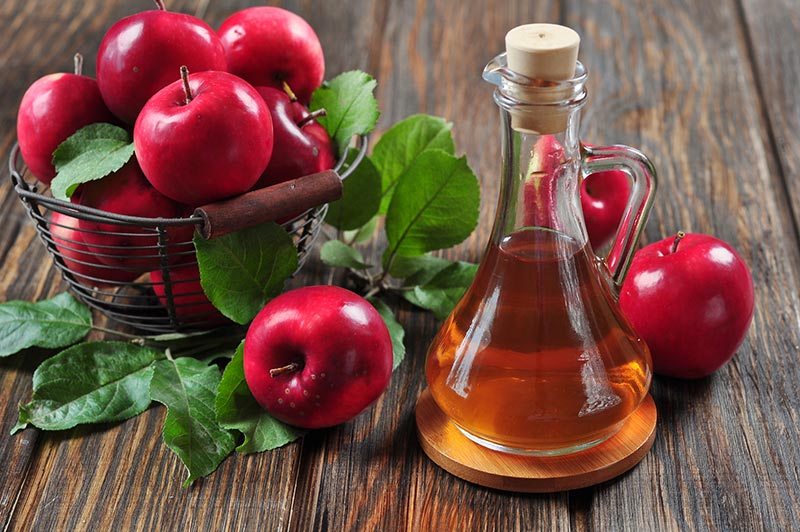
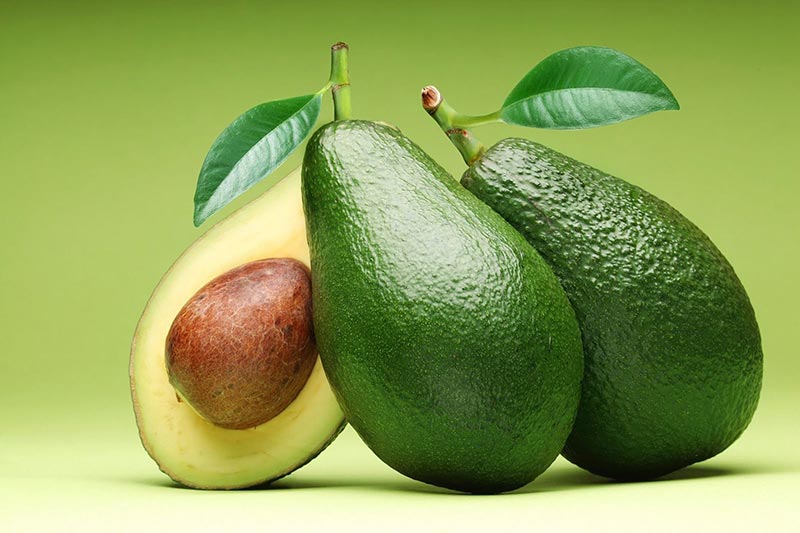
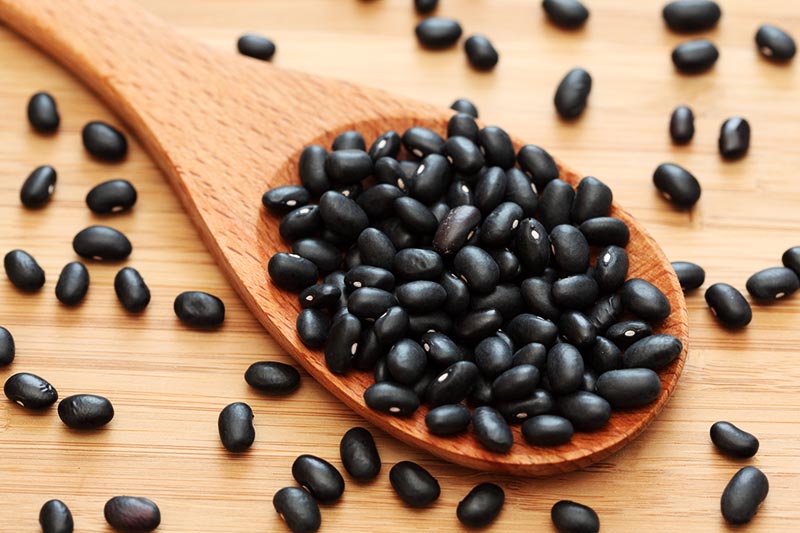
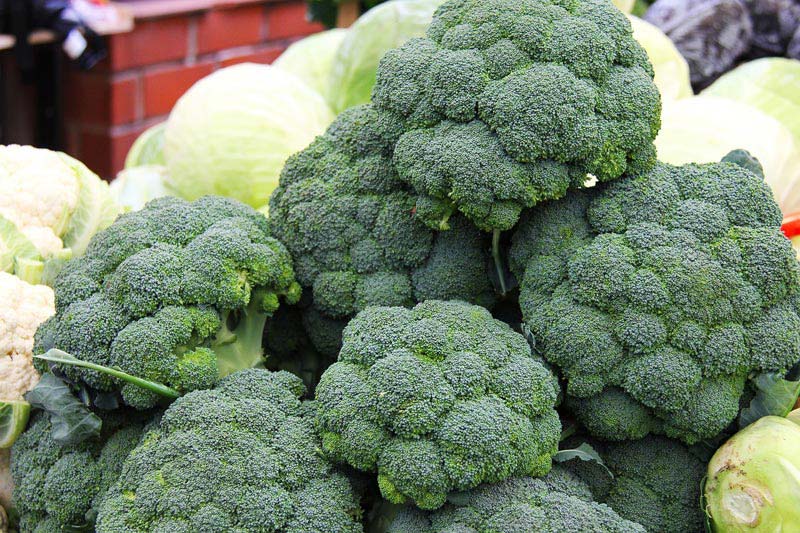
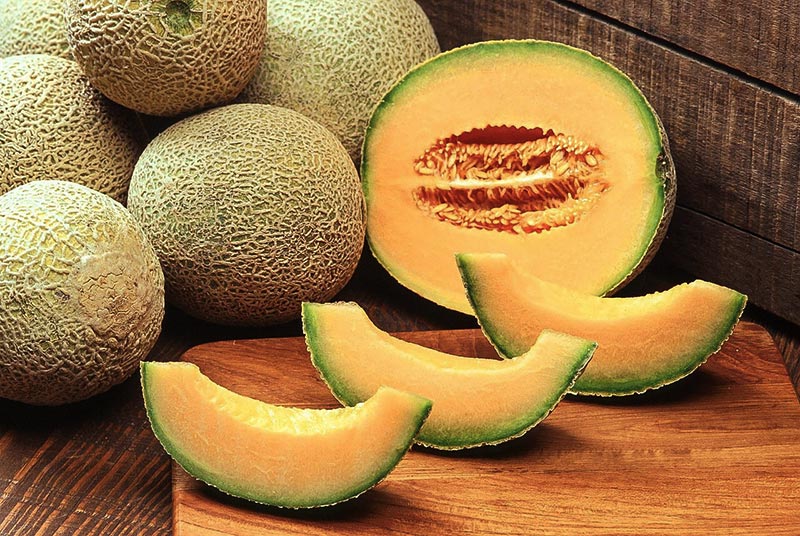

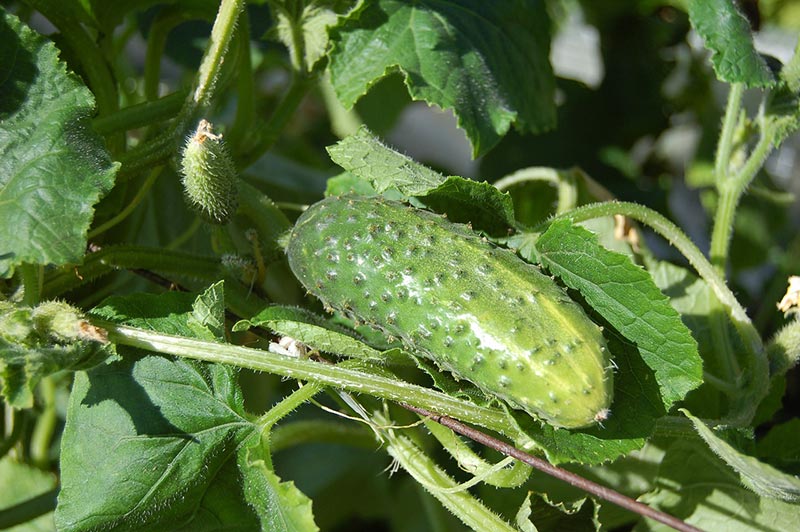
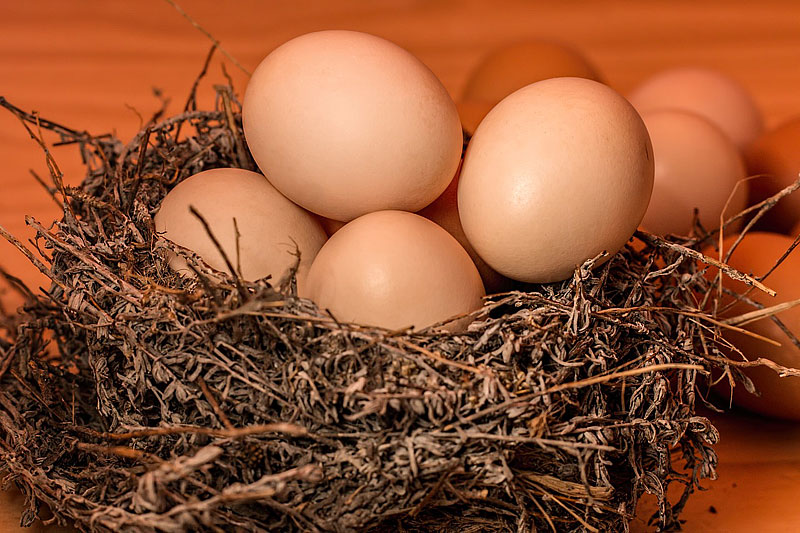
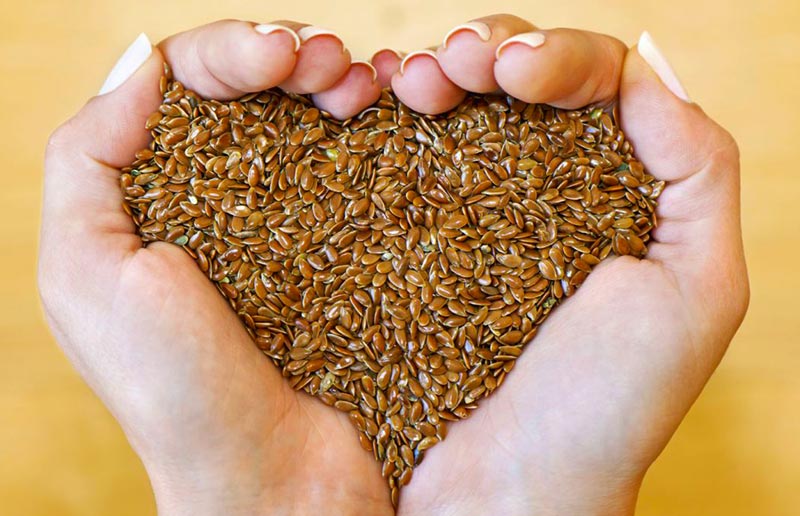

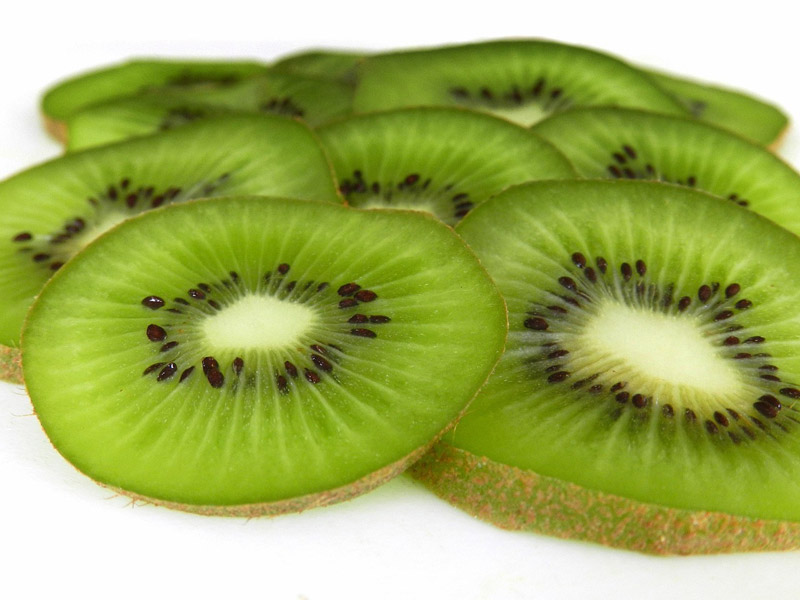

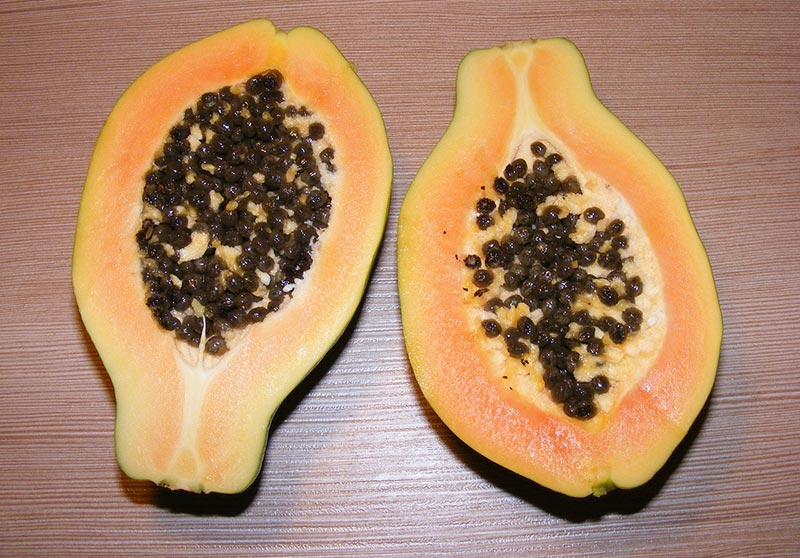
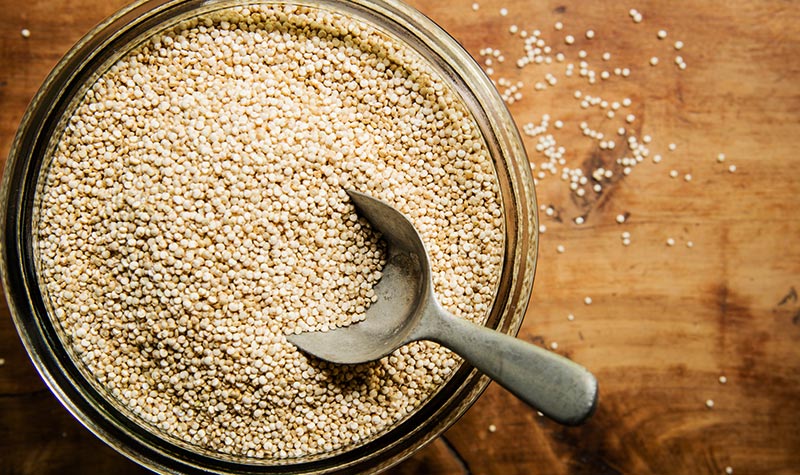
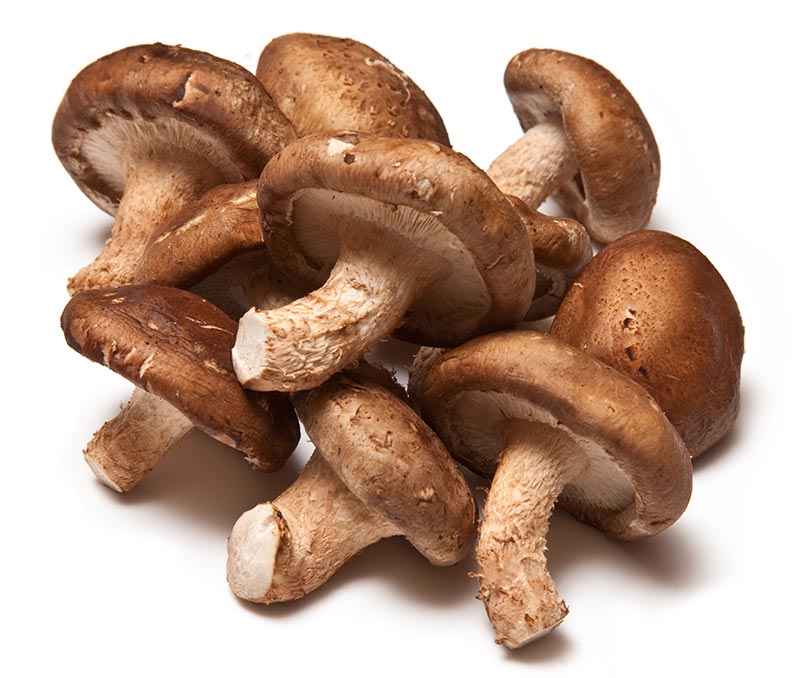
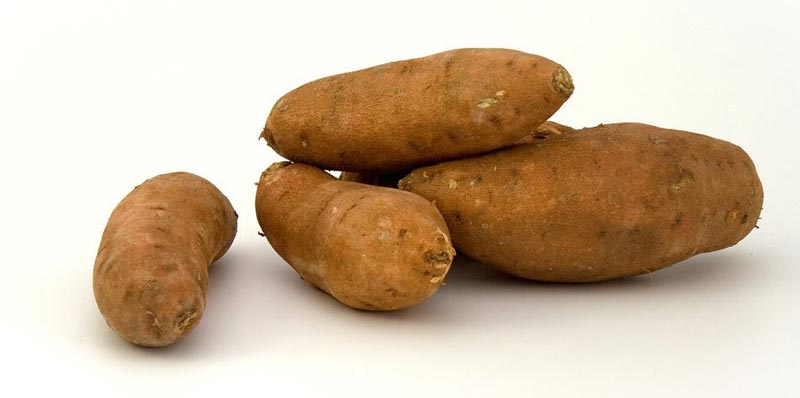

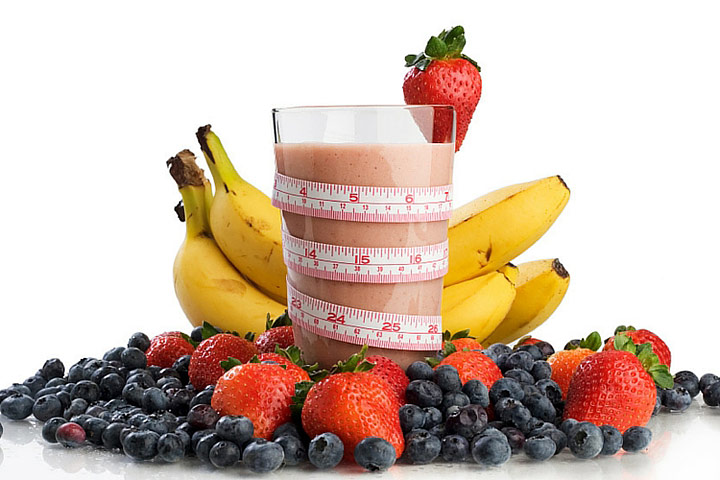
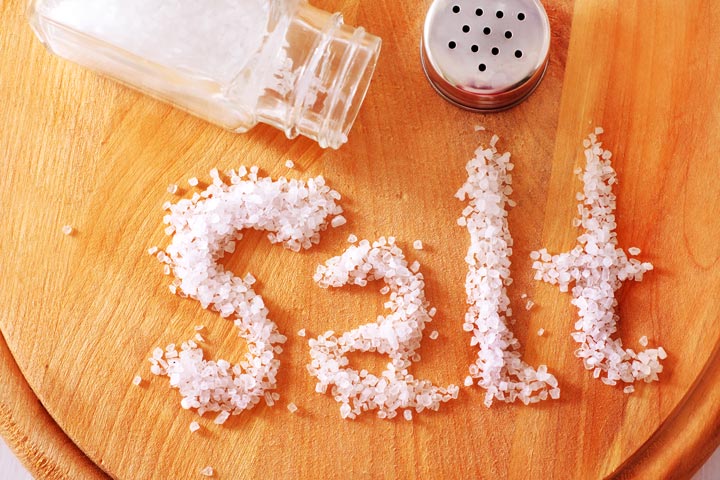

Leave a Reply